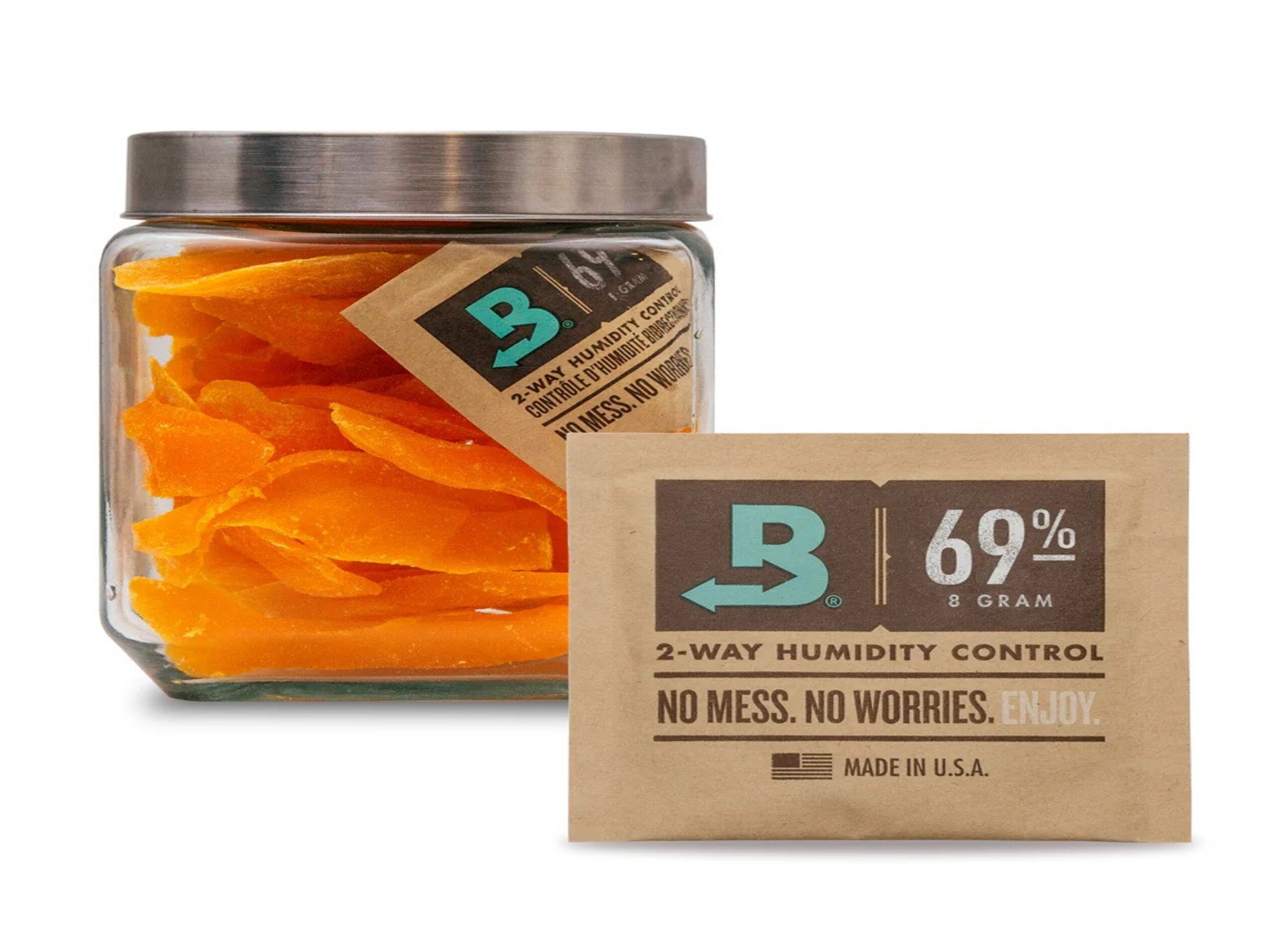Table of Contents
- Delta-8 Labeling Fundamentals: Federal Requirements
- State-Specific Variations in Delta-8 Labeling Requirements
- Common Compliance Mistakes in Delta-8 Product Labeling
- Child-Resistant Packaging Requirements for Delta-8
- Delta-8 vs. Delta-9: Key Labeling Differences
- Future-Proofing Your Delta-8 Labeling Strategy
Are Your Delta-8 Labels Compliant in All 50 States?
Creating compliant Delta-8 labels that work across all 50 states presents a significant challenge for cannabis businesses. With regulations varying dramatically from state to state and frequent regulatory changes, brands must navigate a complex landscape to avoid costly violations and potential product seizures.
Delta-8 Labeling Fundamentals: Federal Requirements
While Delta-8 THC exists in a federal gray area, certain baseline requirements apply nationwide. At minimum, compliant Delta-8 labels must include:
- Product identity (what the product is)
- Net quantity/weight
- Manufacturer/distributor information
- Ingredient list
- Cannabinoid content (Delta-8 THC percentage/amount)
- Batch or lot number for traceability
- Warning statements about intoxicating effects
According to this compliance breakdown, federal requirements create the foundation, but state-specific rules add significant complexity to Delta-8 labeling.
State-Specific Variations in Delta-8 Labeling Requirements
The regulatory landscape for Delta-8 varies dramatically across states. Some states have banned Delta-8 entirely, while others regulate it similarly to recreational cannabis or hemp CBD. This creates three broad categories:
States with Delta-8 Bans
Approximately 14 states have explicitly banned Delta-8 THC products, including Alaska, Arizona, Colorado, Delaware, Idaho, Iowa, Montana, Nevada, New York, Rhode Island, Utah, Vermont, Washington, and Michigan. In these states, no labeling will make Delta-8 products compliant.
States with Specific Delta-8 Regulations
States like Oregon, California, and Connecticut have developed specific regulations for Delta-8 products. These often include:
- Required warning language
- Specific font sizes and placements
- QR codes linking to certificates of analysis
- Prohibition of certain imagery or claims
For example, California requires specific warning language about reproductive harm, while Oregon mandates detailed terpene information for vape products.
States Following Hemp CBD Guidelines
Many states regulate Delta-8 under existing hemp CBD frameworks. These typically require:
- Clear indication that the product is hemp-derived
- Confirmation that Delta-9 THC is below 0.3%
- Lab testing verification
A comprehensive state-by-state breakdown can help manufacturers understand specific requirements.
Common Compliance Mistakes in Delta-8 Product Labeling
When designing Delta-8 labels, several common mistakes can lead to compliance issues:
Inaccurate Potency Claims
Laboratory testing often reveals significant discrepancies between labeled and actual Delta-8 content. This inconsistency can trigger regulatory action and erode consumer trust.
Missing Warning Statements
Different states require specific warning language. Omitting required warnings about intoxication, age restrictions, or health risks can lead to immediate compliance violations.
Attractive to Children
Using cartoon characters, mimicking candy brands, or employing bright colors that appeal to children violates regulations in most states. As this resource on generic labels explains, generic designs often miss state-specific requirements about appealing to minors.
Unsubstantiated Health Claims
Making medical claims or suggesting health benefits without FDA approval violates federal regulations regardless of state laws.
Child-Resistant Packaging Requirements for Delta-8
Child-resistant packaging is mandatory for Delta-8 products in virtually all states where they're legal. For edibles like gummies, child-resistant packaging requirements are particularly strict.
Many brands use durable mylar packaging with child-resistant closures to meet these requirements while maintaining product freshness and compliance across multiple states. These specialized bags provide both the required safety features and adequate space for comprehensive labeling.
Delta-8 vs. Delta-9: Key Labeling Differences
Understanding the distinction between Delta-8 and Delta-9 labeling requirements is crucial for compliance. According to this packaging comparison, key differences include:
- Legal status declarations (hemp-derived vs. marijuana-derived)
- THC content limitations and declarations
- Required testing parameters
- Warning language specificity
While Delta-9 products typically fall under state cannabis regulations, Delta-8 often exists in a regulatory middle ground between hemp CBD and recreational cannabis, creating unique labeling challenges.
Future-Proofing Your Delta-8 Labeling Strategy
Given the rapidly evolving regulatory landscape, brands should implement forward-looking strategies for Delta-8 labeling:
Modular Label Design
Create label templates with modifiable sections that can be quickly updated as regulations change without requiring complete redesigns.
Digital Verification Systems
Implement QR codes linking to digital Certificates of Analysis and updated regulatory information that can be modified without changing physical packaging.
Compliance Partnerships
Work with legal experts specializing in cannabis regulations to stay ahead of changes across different states.
Overcompliance Approach
When in doubt, exceed minimum requirements by including comprehensive warnings, detailed cannabinoid profiles, and clear usage instructions.
As future packaging trends indicate, the industry is moving toward standardization, but until federal clarity emerges, brands must remain vigilant about state-by-state compliance to avoid costly mistakes.











Leave a comment
All comments are moderated before being published.
This site is protected by hCaptcha and the hCaptcha Privacy Policy and Terms of Service apply.